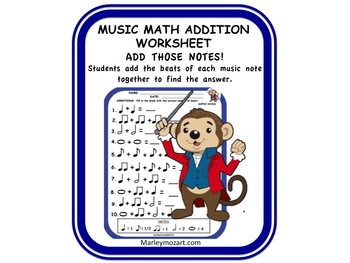

I strongly feel that this is completely false. There’s a cliché out there according to which the mathematical study of artistic phenomena leads to some deterioration of artistic beauty. Clair in the following awesome TedEd video: At least, this is what argued for Beethoven by Natalya St. But disharmony, or dissonance, may lie at the core of the compositions of the greatest musicians. But this minor third does not correspond to any mode. The minor third of the note $0$ is the note $3$. The minor chord consists of replacing the major third by another note called the minor third. But I’ve since stumbled upon a more fundamental explanation which I find fascinating. I always thought that this was because of our education: Good music always aline good-sounding triplets, and I thought that repeatedly hearing them led us to like them. Some triplets of notes sound good, while others sound terrible.

One thing that troubled me early on when I heard about music theories was the idea of chords. That’s why we say that $n+1$ is the perfect fifth of $n$.

As you can see in the figure, between the note $n+1$ is always 5 notes after the note $n$. One is in terms of “next higher pitch”, and the other is in terms of “perfect fifth”.įinally, I can explain why the perfect fifth is called that way. But note that there are actually two topologies. And because by “moving on” we eventually come back to the original point, the natural topology of musical notes is the topology of a circle. Mathematically, we thus do not talk about order, but about topology instead. But as we move on to “next” notes, like $D$, $D\#$, and so on, we eventually come back to $C\#$. Indeed, you cannot say that $C\#$ is “higher” than $C$, because the low $C\#$ is certainly not higher than the high $C$. In fact, musical notes cannot be ordered. Now that we have 12 notes, we should all order them not only according to harmony as we have done, but according to how they fit in a single octave. In particular, by repeating the perfect-fifth operator, we can get arbitrary close to the original point (this can also be proved using Poincaré’s recurrence theorem). But somehow, musicians seem to consider that 53 notes would already be slightly too many and that $0.987$ is already close enough to $1$… They’re even worse than physicists! Ergodic theory then proves that the irrationality of $\ln(3)/\ln(2)$ shows that the translation is mixing. Let’s call $\mathsf$ with multiplication can be shown to be isomorphic to the Lie group of the circle $\mathbb R / \mathbb Z$, and the perfect-fifth operator then corresponds to the translation by $\ln(3)/\ln(2)$ in the circle group. We then have the “separated-by-octaves” equivalence relation between string length, defined by $x \sim y$ if there exists $k \in \mathbb Z$ such that $x = 2^k y$. In other words, we can regard the set of notes as the set $\mathbb R_+^*$ of strictly positive real numbers. Then other notes can be defined by how much greater (in ratio) they are. Suppose we have one frequency of reference. More precisely, any note is physically defined by a frequency of vibration.


 0 kommentar(er)
0 kommentar(er)
